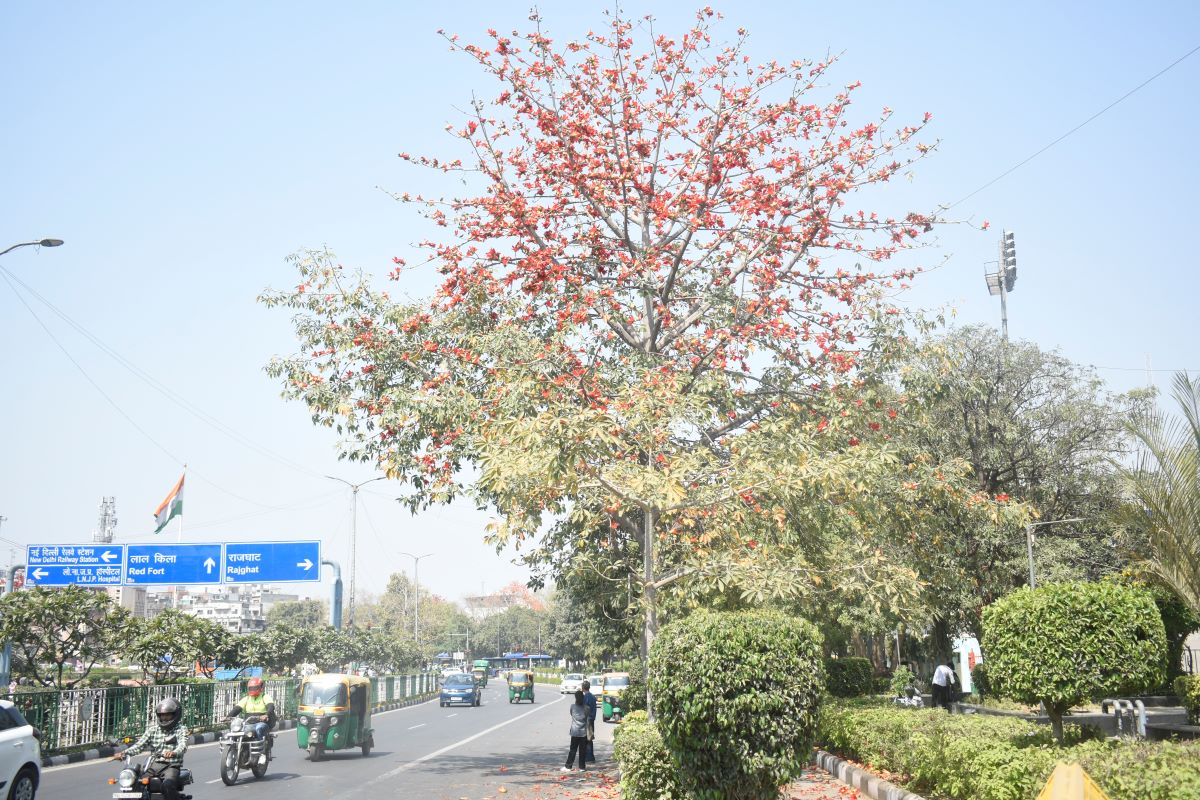The landscape of Delhi, dotted with towering buildings, metro networks and stress-filled hustle-bustle of everyday life, gets relief in the spring season as concrete pavements, schools, busy intersections and even architectural heritages are painted red with the bright, blooming flowers of Semal trees.
The Semal tree (scientific name: Bombax Ceiba) is an Asian tropical tree which grows up to 60 metres in height. Although Delhi’s arid climate may limit the tree’s growth to a comparatively shorter 20 metres, the impact of these fiery red towers on Delhi residents is huge.
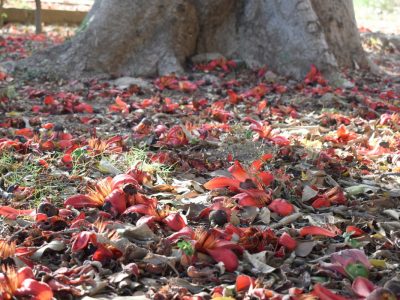
According to Plants of The Northern Aravalli Range in Delhi: A Guide, published by Delhi’s Department of Forest and Wildlife, the unique visual aesthetic of the flower is given by five waxy petals with colour of the flowers ranging from deep red, coral to yellow. Flowers begin to appear before the leaves, from late January to mid-March with fruits ripening and splitting open in late April-May.
The tree, known locally by names such as Semba, Shembal and Semur has branches which grow in tiers radiating from trunks like ribs of an umbrella.
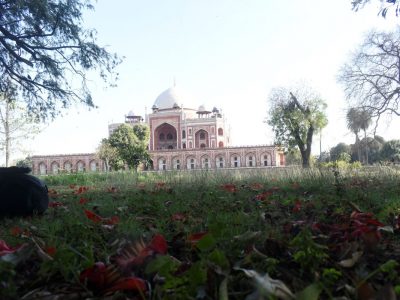
“A native species of the Aravalli Range, the tree finds many uses,” says Chandan Tiwary, a fauna lover who chronicles Delhi’s trees on his Instagram page, Delhitrees.
Semal is also favoured by the Large Indian Rock Bee to build hives. Tiwary says that tribal communities have been known to make use of the tree. “The flower buds can be eaten as cooked curry vegetables and people also make use of the oil obtained from seed,” he says.
The roots of the tree can also be used as a tonic with resin collected also known to have aphrodisiac values.
The deciduous tree provides shade to people from diverse sections of the society, be it shops operating out of shanties or commercial buildings. Semal can be found all over the city in many parks and avenues.
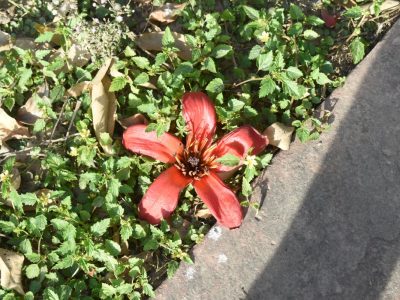
According to the guide, Asola Bhatti Wildlife Sanctuary, Neeti Marg, Jaunpur and Hauz Khas District Park are some of the places to view these tree species.
Humayun’s Tomb, one of the first garden-tombs in the Indian subcontinent and final abode of the second Mughal king, Nasir al-Din Muhammad, commonly known as Humayun, is also home to Semal trees. The vast medieval-era complex, home to numerous graves from different generations of the royal Mughal family, has these trees providing shade to tourists from all over the world.
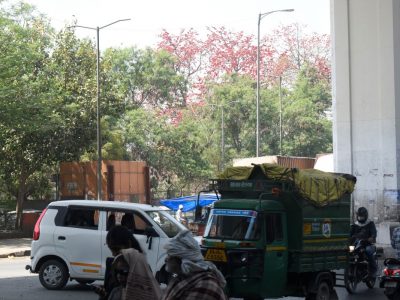
The Semal tree thus gives a unique character to Delhi’s landscape. The month of May’s warm breeze witnesses the trees’ microfibres, resembling cotton, travel long distances. It thus fetches Semal trees another name — Red Silk Cotton. Parent trees shed their seeds as they gear up for next year’s display.

